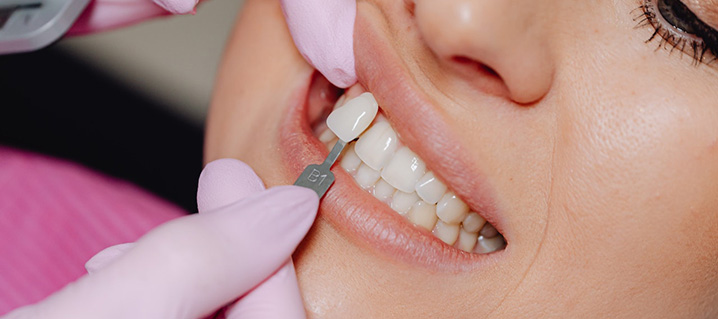How Can Dentists Help Nervous Patients?
08 Oct 2021
5 min read
By Dr. Robert Chaffe
White & Co.
NERVOUS PATIENTS
Helping nervous patients starts with trying to reassure people.
We give them a place to talk about why they’re nervous and try to understand and empathise.
Fear of the dentist
Once we understand why the patient is nervous we can start to build the treatment around their needs – and avoid things they don’t like so much.
Nervousness can be ingrained.
So, apart from making the patient comfortable, we can also look at some pharmacological ways to help them to relax.
Effective ways to treat patients with dental anxiety
Some people choose oral sedation.
They can take a “pre-med” – for example, diazepam – before they come into the clinic and it makes them feel a bit more chilled out.
The negatives are that you can’t drive afterwards or carry out your everyday activities.
We don’t really know exactly how it’s going to affect an individual.
Some people will say it really affected them while others will say it didn’t really touch them.
HOW TO DEAL WITH ANXIOUS DENTAL PATIENTS
Nowadays, pre-meds are not as popular with dentists and sedationists because they are unpredictable and their effects vary from patient to patient.
When a patient swallows the tablet, it gets broken down in the stomach into another set of drugs.
Everyone’s metabolism is different and the amount that gets absorbed is really varied.
Dental anxiety and dental sedation
For sedation these days, we prefer the intravenous route.
The drugs go straight into the patient’s veins via canulation and an injection in the arm.
We also use local anaesthetic pads.
And we also have the option of using pre-meds in the dental practice in conjunction with this method.
Scared of dentist but need treatment
So we can ask the patient to come in an hour before, give them pre-meds just to chill them out a little bit and then we can put the local anaesthetic patch on.
By the time we’re actually performing the procedure, the patient is feeling a bit zen.
This way, everything takes place in a controlled setting – rather than the patient coming in to the practice after taking a tablet at home.
We can then inject the patient with the sedative drug.


